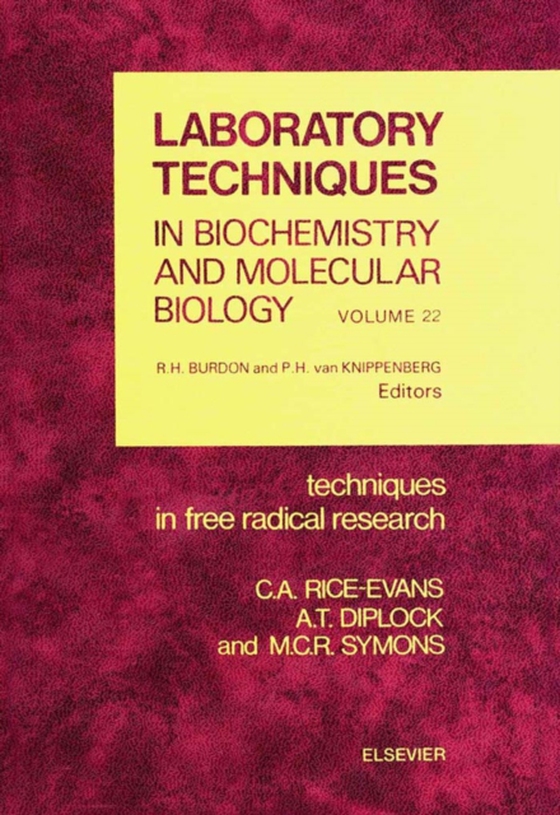
Techniques in Free Radical Research e-bog
591,74 DKK
(ekskl. moms 473,39 DKK)
Free radical species are generally short-lived due to their high reactivity and thus direct measurement and identification are often impossible. ESR is the only technique which has the potential for direct detection of radicals but in biological systems even these must be trapped by a spin-trapping agent. Thus most investigations involve recognition of indicators of the presence of radicals in ...
E-bog
591,74 DKK
Forlag
Elsevier Science
Udgivet
11 december 1991
Længde
290 sider
Genrer
Scientific research
Sprog
English
Format
pdf
Beskyttelse
LCP
ISBN
9780080858913
Free radical species are generally short-lived due to their high reactivity and thus direct measurement and identification are often impossible. ESR is the only technique which has the potential for direct detection of radicals but in biological systems even these must be trapped by a spin-trapping agent. Thus most investigations involve recognition of indicators of the presence of radicals in vivo or "e;FOOTPRINTS"e; of radical-mediated damage. Techniques in Free Radical Research assembles and critically assesses the most relevant and reliable experimental approaches used towards the measurement of radicals and radical-mediated damage in chemical systems, in cells and in tissues under the following six headings: a) Footprints of DNA damage, b) Footprints of protein damage, c) Footprints of lipid peroxidation, d) Footprints of antioxidant consumption, e) Footprints via indirect radical assays, and f) Footprints via the availability of transition metal complexes.
 Dansk
Dansk

